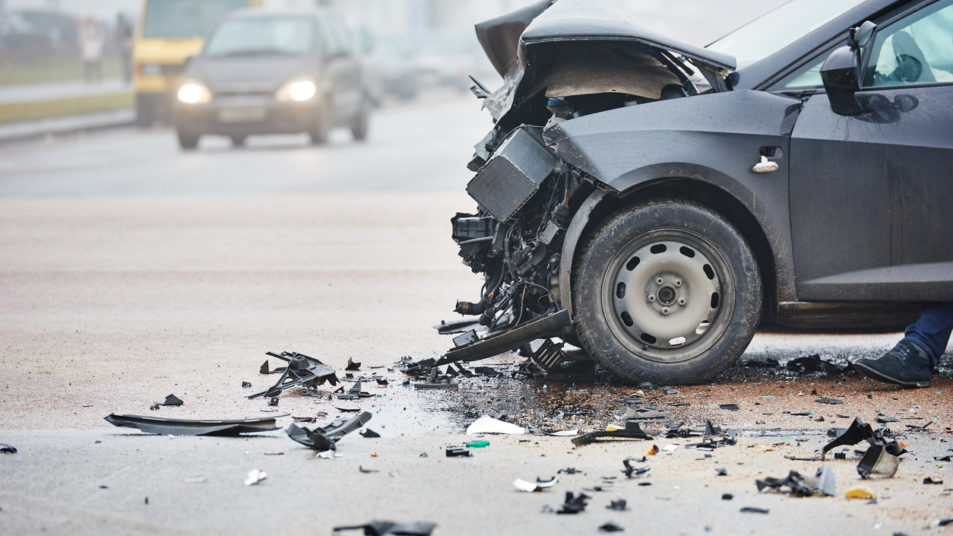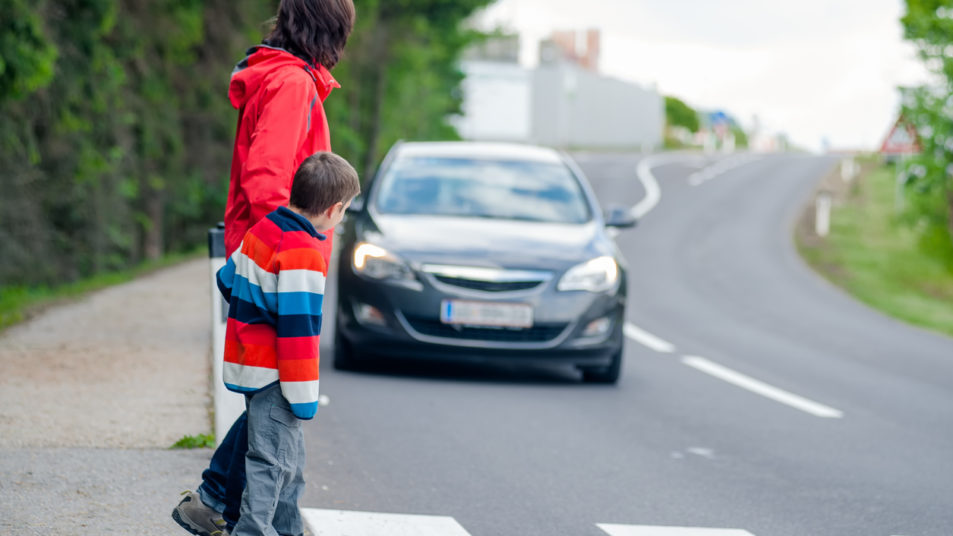How Can I Run a Successful Car Accident Law Firm in Las Vegas?
Las Vegas, with its unique blend of residents and tourists, offers a competitive yet rewarding environment for car accident attorneys. What does it take to build a successful car accident law firm in this dynamic city? Strategic planning, dedication, and the proper support.
Here’s how you can establish and grow a thriving practice in this landscape.
Develop a Strong Business Plan
A business plan is a dynamic roadmap for your practice with milestones or goals. It includes an overview of your organization, a market analysis, and financial and marketing plans for achieving your goals.
The more in-depth your business plan, the better. A good place to start is identifying your market and the type of clients you want. This can help you work backward to develop a framework for your law firm’s operations.
If you need help, the Nevada Bar Association offers resources for members through its Handle | BAR program. A Practice Management Advisor provides free consultations to discuss issues like business development.
Network Within the Local Community
Networking is vital for establishing a presence in the local legal community. Join local bar associations like the Clark County Bar Association and attend their events to connect with fellow attorneys and potential referral sources. Participating in community events and supporting local causes can also enhance your firm’s visibility and reputation.
Consider collaborating with other law firms for mutual referrals and to share resources.
As your firm becomes established, focus on building a network of expert witnesses. These specialists will be important contacts to provide objective opinions and specialized knowledge. When needed, they can be called on to offer testimony for your clients.
Choose the Right Partners and Team Members
It is crucial to select partners and team members who align with your firm’s values and goals. No single person in your practice stands alone. Success means relying on the collective skills of an entire team. A diverse team with varied experience can offer more comprehensive legal solutions. This approach also fosters a collaborative work environment.
With a good team structure and the right people, your firm can focus on representing clients effectively.
You may start by listing the roles or functions that are needed within your firm. Consider how you will get new clients and the marketing or sales roles that you will need. Think about how client services will be delivered. What roles will be necessary for back-end operations like billing, payroll, and accounting?
Before you start the hiring process, consider the skills and traits each role requires and define your ideal candidate. Have a plan for fostering inclusion and diversity at your firm. Remember that the hiring process goes both ways. Give candidates the chance to meet other team members and ask questions. This helps them imagine how they could contribute to the team and whether they are a good fit.
Look beyond whether candidates have the technical skills and knowledge. Prioritize candidates with great communication skills and empathy. Do they have a passion for personal injury law? How would they complement the experience and skills of other team members?
Be sure that new hires have all the support, tools, and information they need to thrive. Want to retain top talent and foster a great working environment? Consider offering ongoing training and development opportunities.
Build a Strong Online Presence
In today’s digital age, having a robust online presence is crucial. Start by optimizing your website for search engines (SEO) to ensure that potential clients can easily find you. Focus on relevant keywords related to car accident law in Las Vegas.
Engage with your audience through social media platforms like Facebook and LinkedIn. Share informative content, client testimonials, and success stories to build trust and credibility.
Content marketing is another powerful tool. Regularly publish blog posts, articles, and videos that address common car accident concerns. This positions you as an authority in your field. It also helps to improve your search engine rankings.
Most attorneys do not have the time or expertise to manage their marketing efforts. An experienced marketing agency can help your practice stand out from the competition. Your website is one of the most cost-effective lead-generation tools you have. Budget for marketing and remember that SEO takes time to pay off.
Leverage Technology To Enhance Client Experience and Day-To-Day Operations
Embrace technology to streamline your operations and improve client interactions.
- Legal practice management software: Handle case management, billing, and document storage efficiently.
- Video conferencing tools: Facilitate virtual meetings, making it easier to stay connected with clients.
- Automated systems: Send reminders for appointments, deadlines, and important updates. This frees up your team to focus on more critical tasks.
- Customer relationship management (CRM) software: Organize client information, track case progress, and automate follow-ups.
The right technology improves operational efficiency. It also enhances client satisfaction by ensuring consistent and timely communication.
Following These Tips Will Put You on the Right Path To Building Your Las Vegas Car Accident Law Firm
To grow a successful car accident law firm, build your firm’s foundation with care. Starting with your business plan, give thought to every aspect of your practice. Your initial steps should be establishing your presence and choosing the right team. You can then equip your practice with tools and strategies for long-term success.


